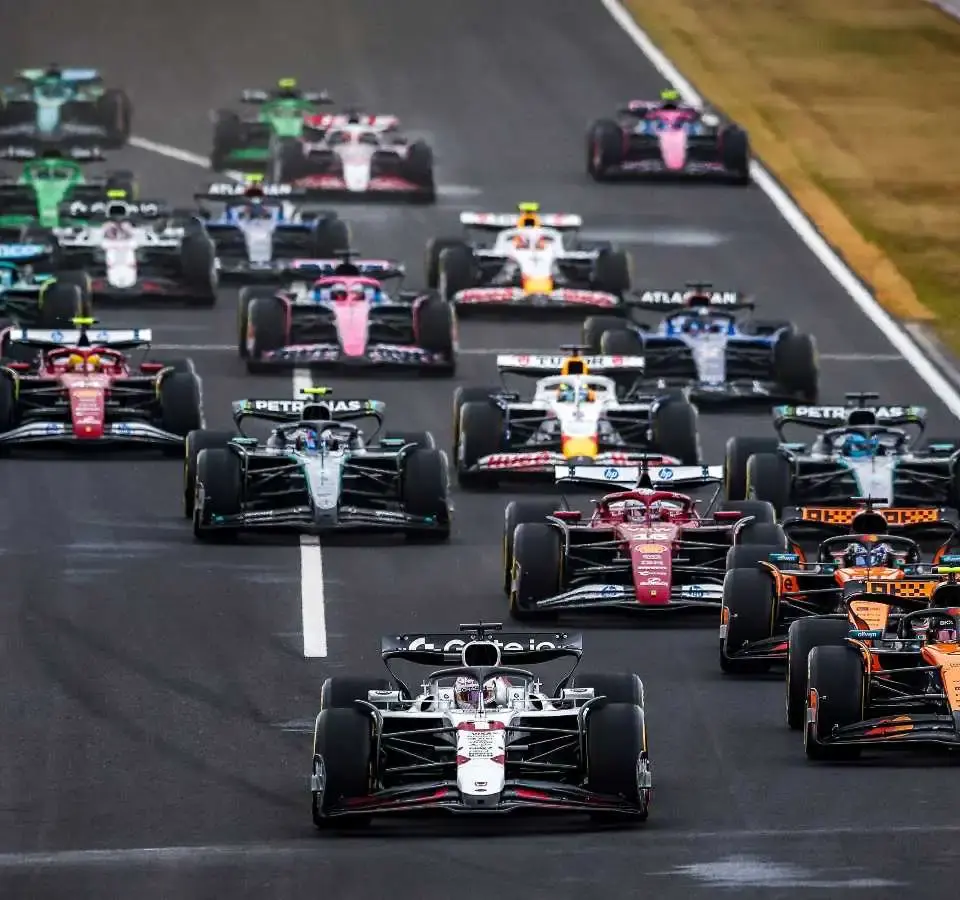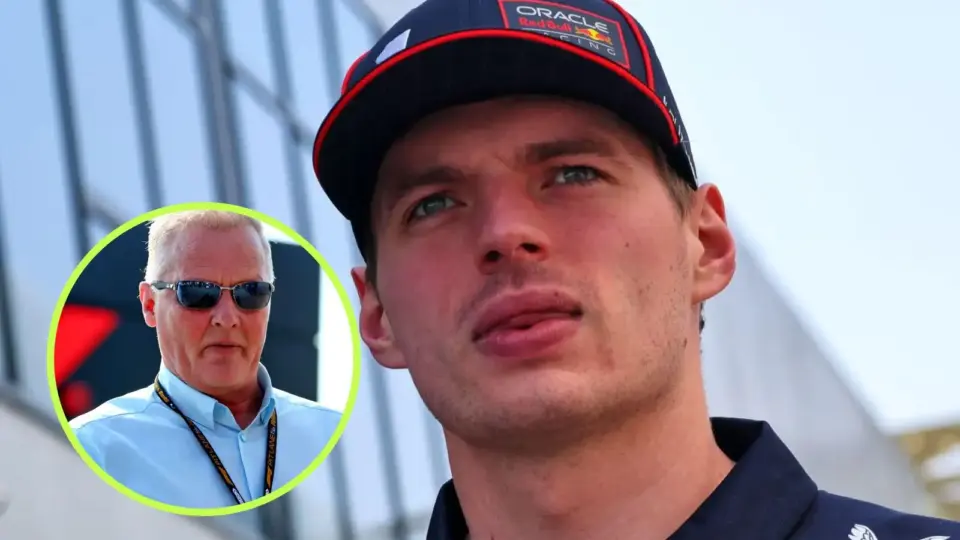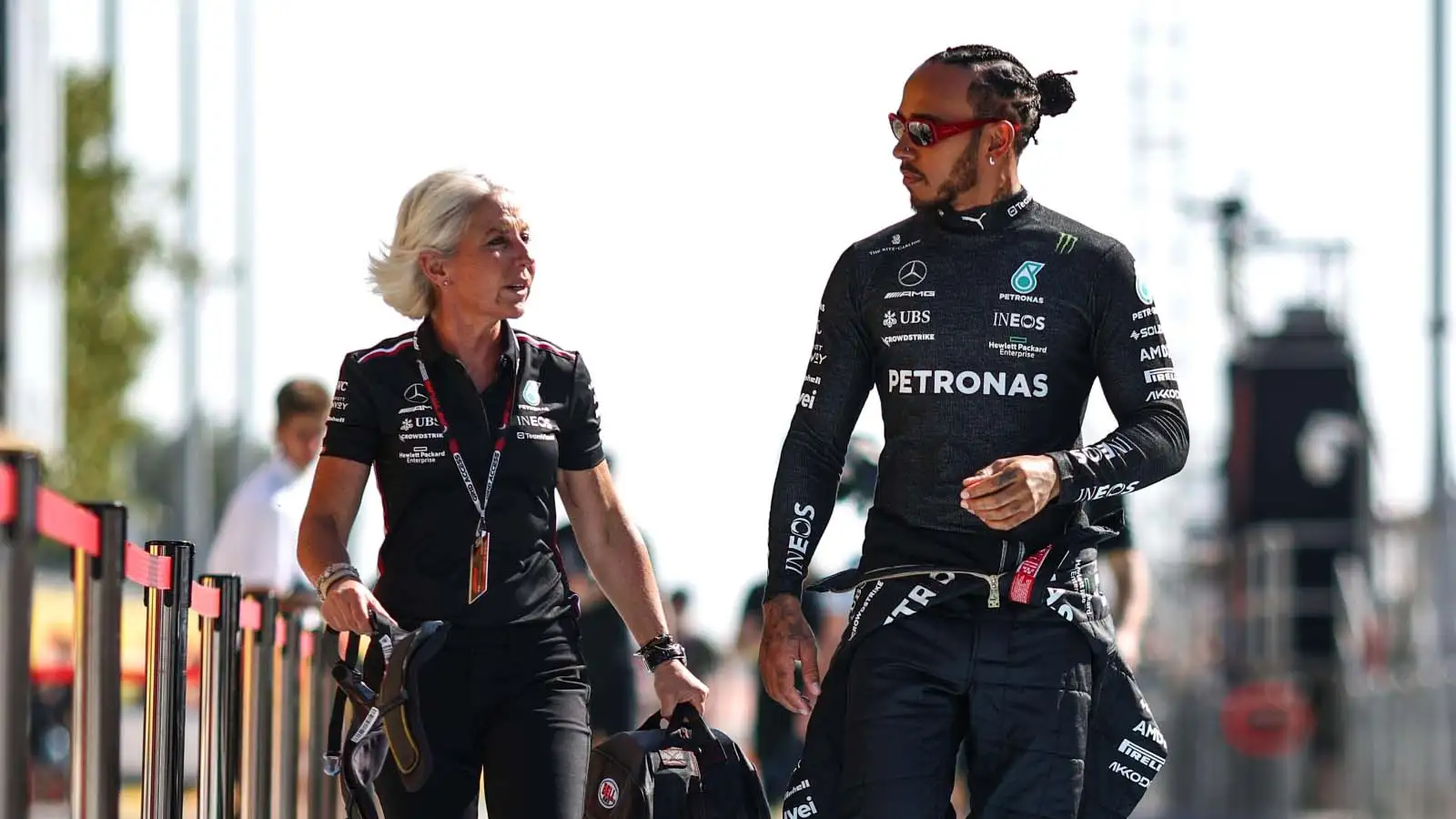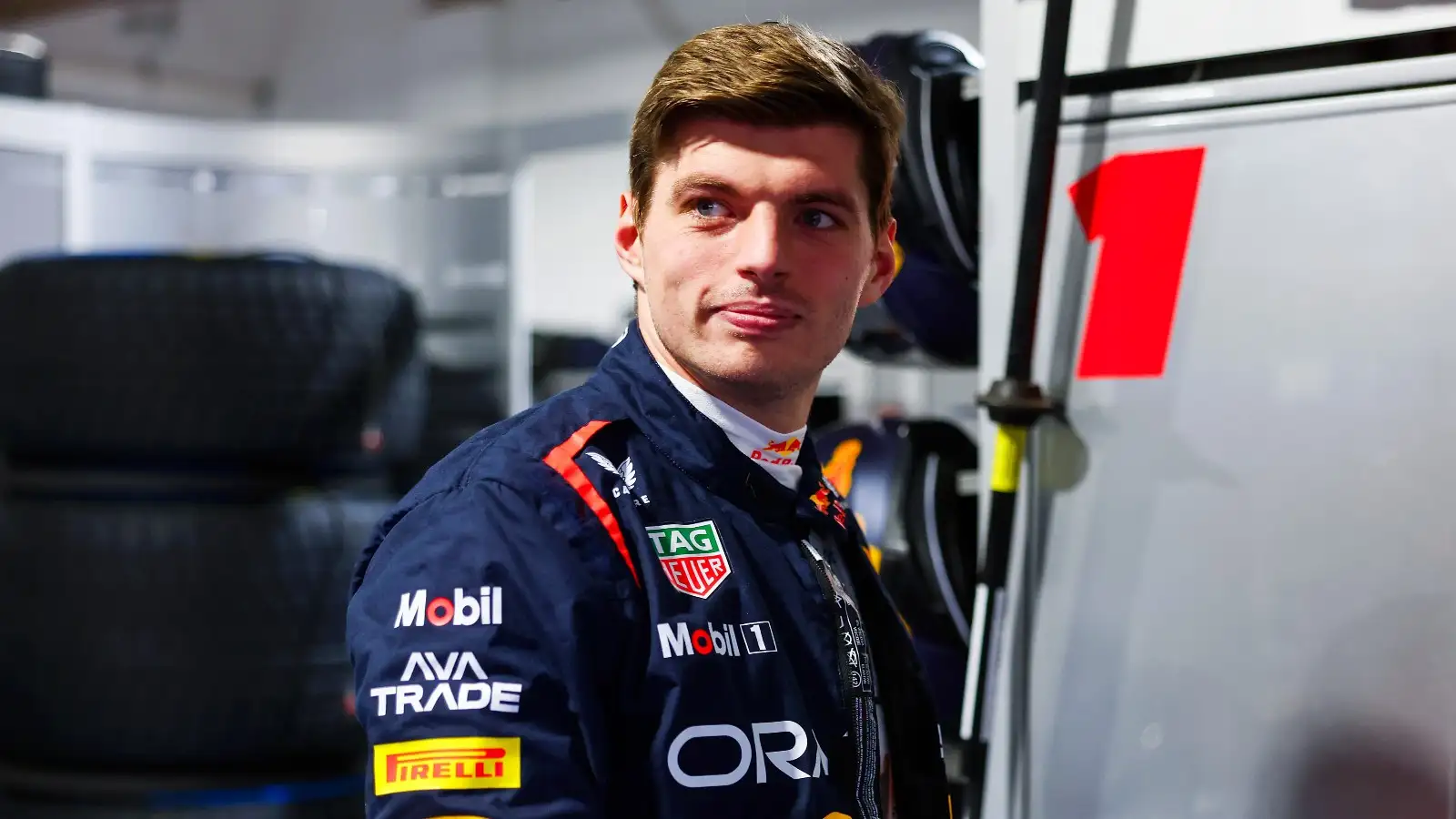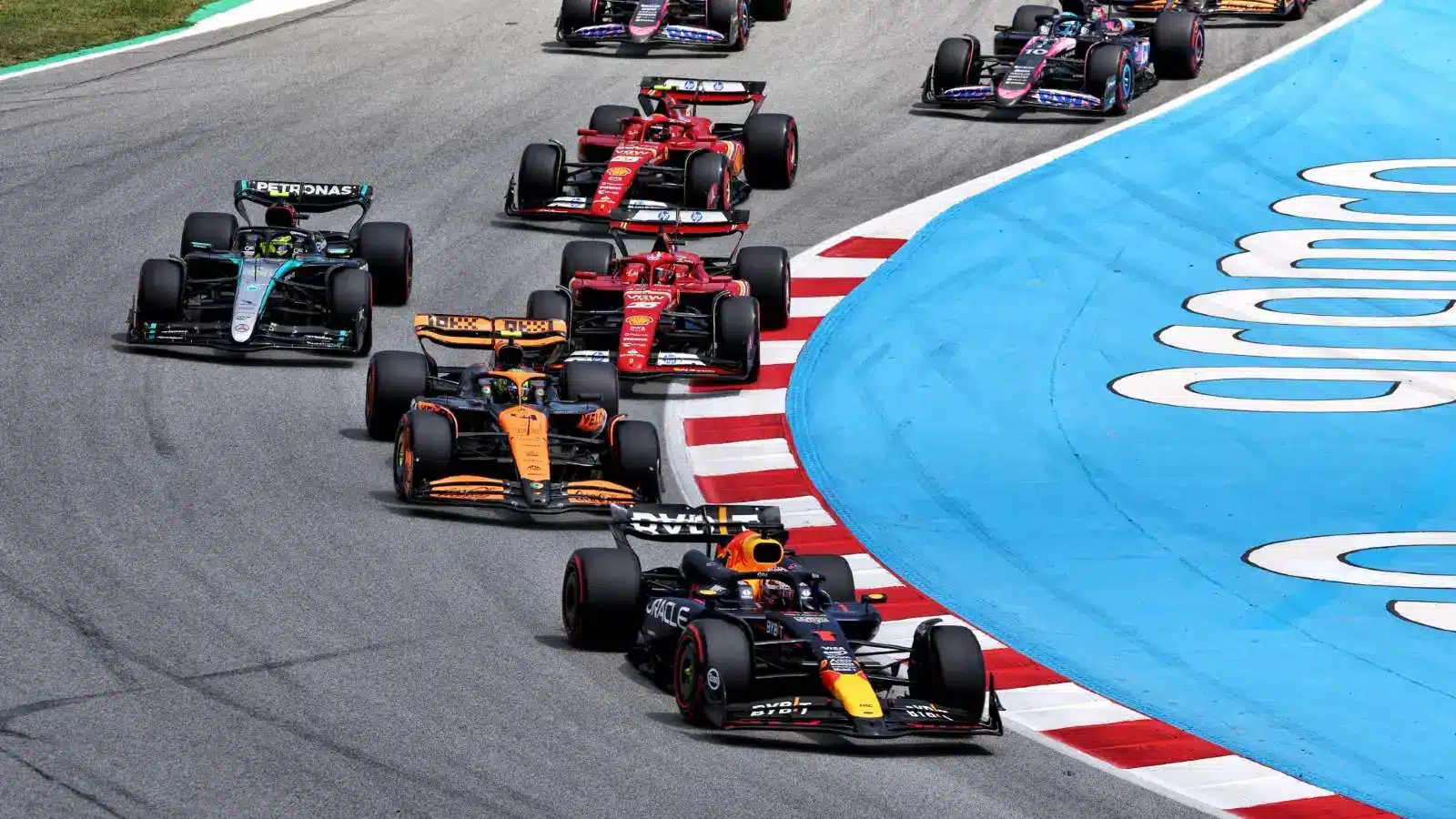The world of Formula 1 is abuzz as the F1 Commission held a significant meeting in Geneva, diving deep into possible modifications for the 2026 power unit regulations.
In an unexpected turn, the focus was on tweaking the power ratio between electrical and combustion outputs. Currently, the regulation sets a balanced 50/50 split with electrical deployment capped at 350kW. However, there’s a growing concern that on tracks like Monza or Jeddah, where chances for energy regeneration are limited, cars could exhaust their batteries, losing momentum on long, demanding straights.
The FIA president, Mohammed Ben Sulayem, had previously floated a radical idea of reverting to naturally aspirated V10s, powered by sustainable fuels, shaking the conversation. The FIA and FOM had already dismissed this notion after pushback from key power unit manufacturers. Still, the conversations around it sparked further debate on adjusting existing hybrid systems as a more feasible middle ground.
During the Geneva meeting, officials considered a compromise. A proposal emerged to reduce the electrical output to 200kW, while introducing a ‘Push-to-Pass’ button that would unleash the full 350kW when needed. This idea is designed to add strategic depth to races, potentially making them more exciting while addressing energy limitations.
Yet, this proposal did not go unnoticed or unchallenged. Powerhouses like Mercedes, Honda, and Audi voiced strong objections. They argued that trimming the electrical output diminishes the role of energy recovery systems, which currently serve as a critical differentiator in performance.
On the flip side, Ferrari and Red Bull’s RBPT were not entirely dismissive but remained cautiously non-committal about the idea. The ongoing discussions reflect the complexities of balancing performance with innovation within the sport.
Further discussions are anticipated by the Power Unit Advisory Committee, which will also tackle financial challenges faced by power unit manufacturers, including those struggling with competitiveness and reliability.
As the F1 world keeps turning, updates to the 2025 Sporting Regulations have been agreed upon. These include implementing mandatory two-stop strategies at specific races like the Monaco Grand Prix, adjusting rules for cooling vests, and addressing logistical issues during fly-away events. Additionally, incidents like grass fires, noted during the Japanese Grand Prix, prompted investigations into safer track materials and treatments.
As Formula 1 speeds toward 2026, the debate over power unit regulations highlights the ongoing tension between tradition and innovation. While some push for radical shifts, others advocate for calculated tweaks to enhance racing dynamics without sacrificing the essence of the sport. The coming months promise more discussions and decisive votes that could significantly shape the future of Formula 1.
